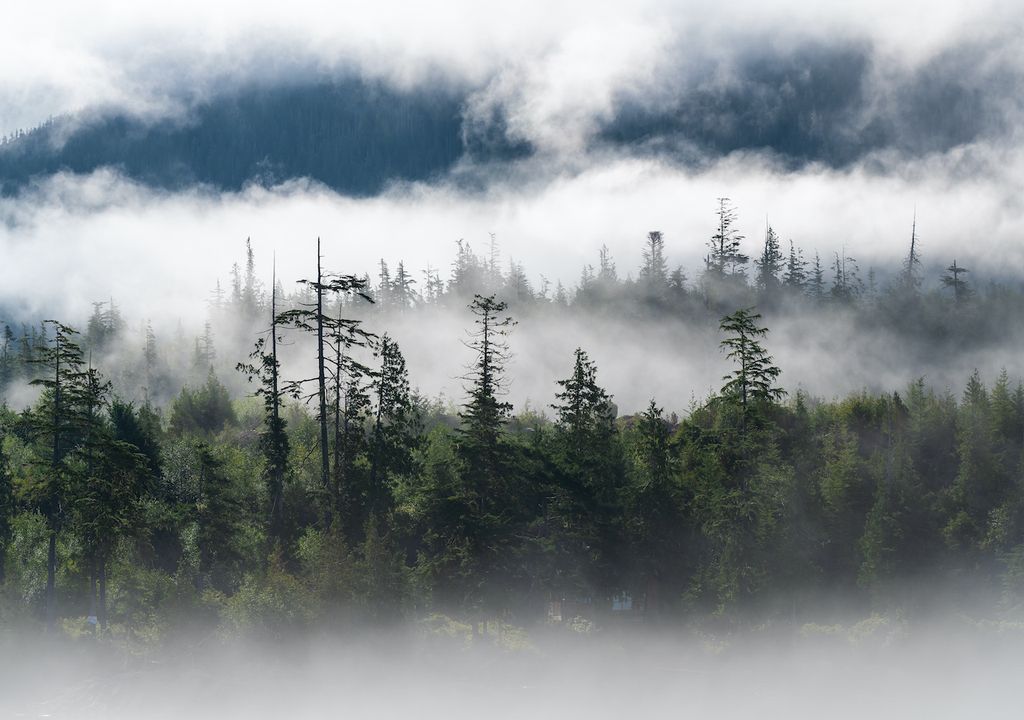Significant carbon stocks found in young northern forests
A forest's climate and age are both important factors when observing the largest natural carbon stocks on the planet, newly published research highlights.

Planting trees is a well-known activity to support the environment, as trees are known to be important stores of carbon. Degradation of tree biomass, such as through wildfires, releases carbon dioxide into the atmosphere, contributing to climate change.
Plant biomass helps to sequester and store carbon, which is seen as a natural method of climate change mitigation. As carbon is locked in, it is safely stored instead of being released to the atmosphere as harmful greenhouse gases.
Boreal and temperate forests
Boreal forests grow in parts of the Northern Hemisphere, made up of many coniferous species like fir and spruce. They may only cover about 11% of the planet’s surface, but they have been thought to store one third of the world’s terrestrial carbon stocks, not only within the trees themselves as biomass, but in their soils.
However, cool temperate forests, such as here in the UK, have no extreme variety in the climate through the year. These forests are thought to store the most carbon, with climates that have rainfall spread across the year, with sporadic drought, mild-to-warm summers and cool-to-cold winters.
Temperate forests tend to have frequent rainfall with a variety of deciduous trees and cooling temperatures in autumn. Boreal and temperate forests both occur in the Northern Hemisphere, where scientists have recently discovered significant global carbon stocks.
New insights
Researchers recently discovered that younger boreal and temperate forests have become the main global carbon sinks, while tropical forests are carbon neutral.
The study published in Nature Geoscience was coordinated by researchers from French Alternative Energies, Atomic Energy Commission (CEA) and INRAE. It shows the importance of considering young forests and forest degradation to understand carbon sinks and develop climate change mitigation strategies.
Enhanced analysis
Vegetation data from Soil Moisture and Ocean Salinity (SMOS) satellite uses sophisticated methods to estimate above-ground carbon stocks across the world. The research team tweaked and improved this satellite imagery analysis method to map, for the first-time, yearly shifts in forest biomass between 2010 and 2019.

From 2010 to 2019, carbon stocks on Earth increased by 500 million tonnes per year over a decade. This was largely because of young trees locking in carbon in temperate and boreal forests, the scientists suggest. Tropical forests also lock in carbon but much of it gets lost due to drought and other forms of forest degradation.
Forest age is a factor
The research shows that tropical forests that are older and affected by environmental stress are almost carbon neutral. By comparison, boreal and temperate forests, where trees are younger than 140 years, are the biggest carbon sinks.
This is significant since previous research presumed that old-growth forests are the biggest carbon sinks. The authors argue that demographics were overlooked, as well as the impacts of deforestation on tropical forests, which lose biomass and carbon as a result.
This not only points to the ongoing problem of drought, wildfires and the deforestation for forests, but the importance of taking a forest’s age and condition into account when looking at carbon sinks on a global scale. With this information, climate change mitigation approaches can be improved.








